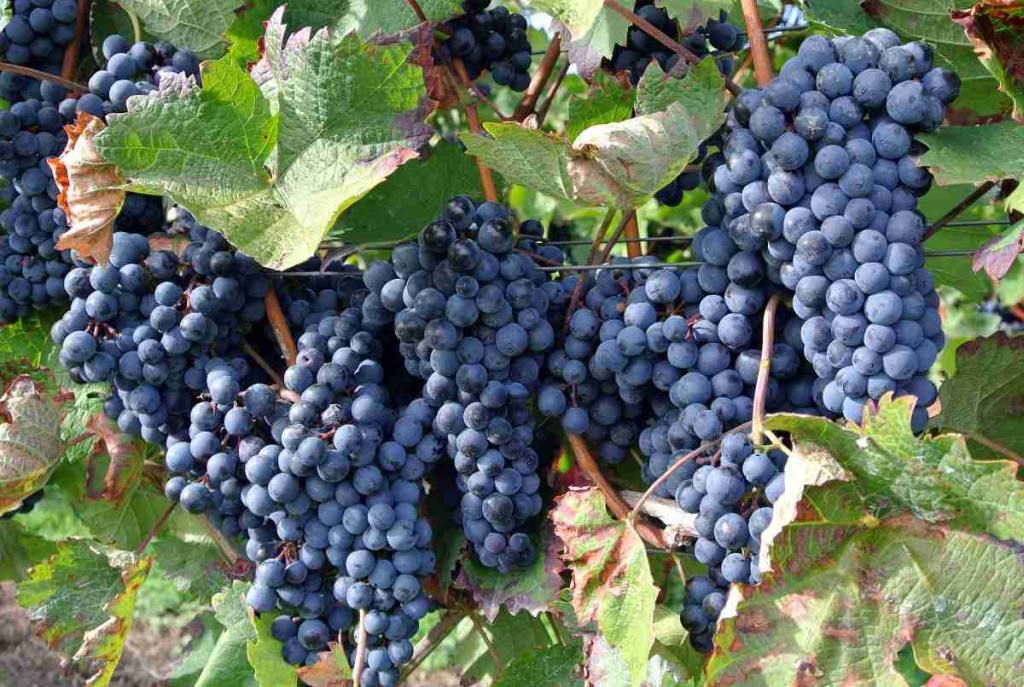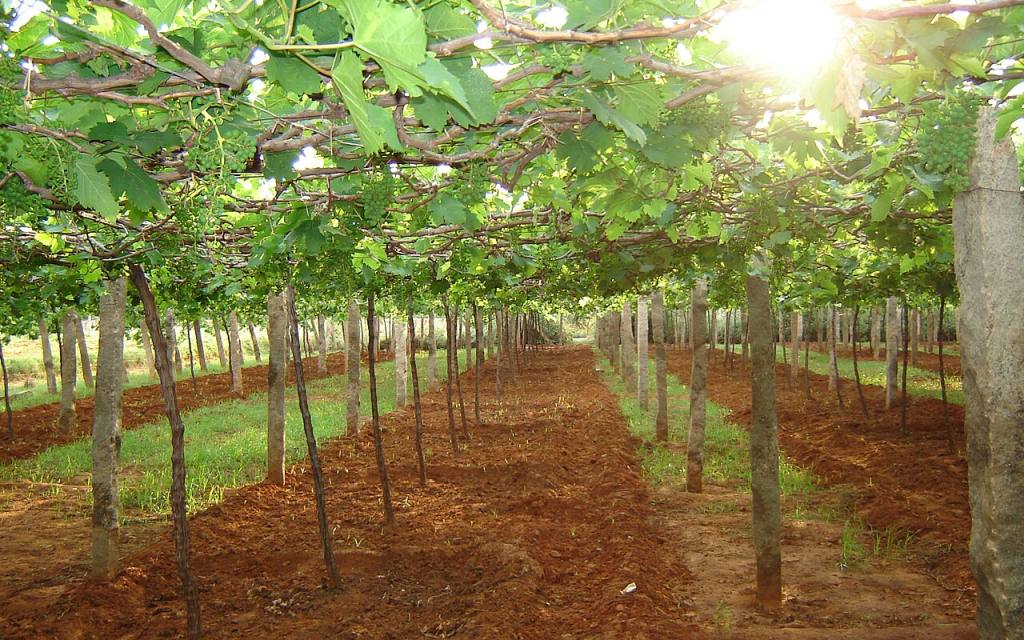Revolutionizing Grape Cultivation: Innovations Shaping the Future of Viticulture

Grape cultivation, or viticulture, has been an essential agricultural practice for thousands of years, forming the backbone of the wine industry and contributing significantly to global agriculture. However, like many traditional practices, grape cultivation faces modern challenges, from climate change to soil degradation, that demand innovative solutions. The good news is that the industry is witnessing a revolution, driven by technological advancements and sustainable practices that promise to enhance grape production while safeguarding the environment. This blog post explores some of the key innovations that are revolutionizing grape cultivation and shaping the future of viticulture.
Precision Agriculture: A Data-Driven Approach
One of the most transformative trends in grape cultivation is the adoption of precision agriculture. This approach leverages advanced technologies such as GPS, sensors, drones, and data analytics to monitor and manage vineyards with unparalleled accuracy.
- Soil and Plant Monitoring: Sensors placed in vineyards can collect real-time data on soil moisture, temperature, and nutrient levels, allowing farmers to make informed decisions about irrigation and fertilization. This not only improves grape quality but also reduces resource wastage.
- Drones and Satellite Imagery: Drones equipped with multispectral cameras can capture detailed images of vineyards, identifying areas of stress or disease that might not be visible to the naked eye. Satellite imagery, on the other hand, provides a broader perspective, helping farmers track changes in vine growth over time.
- Variable Rate Technology (VRT): By analyzing data collected from sensors and drones, VRT enables the precise application of water, fertilizers, and pesticides. This targeted approach reduces input costs, minimizes environmental impact, and promotes sustainable grape cultivation.
Climate-Resilient Grape Varieties
As climate change continues to impact grape-growing regions worldwide, the development of climate-resilient grape varieties is becoming increasingly important. Traditional grape varieties may struggle to thrive under new climatic conditions, leading to reduced yields and quality.
- Drought-Resistant Varieties: Breeding programs are focused on developing grape varieties that can withstand prolonged periods of drought. These varieties typically have deeper root systems, which allow them to access water from deeper soil layers.
- Heat-Tolerant Varieties: In regions experiencing rising temperatures, heat-tolerant grape varieties are being developed to maintain grape quality even in hot conditions. These varieties are often characterized by their ability to retain acidity and develop complex flavors despite the heat.
- Disease-Resistant Varieties: The changing climate is also contributing to the spread of grapevine diseases. Researchers are developing grape varieties that are resistant to common diseases like powdery mildew and downy mildew, reducing the need for chemical interventions.

Sustainable Vineyard Management Practices
Sustainability is at the forefront of the revolution in grape cultivation. As consumers become more environmentally conscious, the demand for sustainably produced grapes and wines is increasing. Vineyard management practices are evolving to meet this demand.
- Organic and Biodynamic Farming: Many vineyards are transitioning to organic and biodynamic farming practices, which eliminate the use of synthetic chemicals and promote biodiversity. These practices not only benefit the environment but also produce grapes that are often perceived to have superior taste and quality.
- Cover Crops and Soil Health: The use of cover crops between vineyard rows is becoming more widespread. Cover crops improve soil health by preventing erosion, enhancing soil structure, and increasing organic matter. They also promote beneficial insects, reducing the need for chemical pest control.
- Water Management: With water scarcity becoming a pressing issue in many grape-growing regions, innovative water management techniques are being adopted. Drip irrigation, for example, delivers water directly to the roots, reducing water usage and improving grape quality.
Robotics and Automation
The labor-intensive nature of grape cultivation has traditionally been a significant challenge for vineyard owners. However, robotics and automation are beginning to ease this burden, leading to increased efficiency and reduced costs.
- Automated Harvesting: Robotic harvesters are now capable of picking grapes with precision and speed, reducing the reliance on manual labor. These machines can operate around the clock, ensuring that grapes are harvested at the optimal time for quality.
- Pruning and Canopy Management: Robots equipped with advanced imaging technology are also being developed to handle pruning and canopy management tasks. By analyzing the structure of the vines, these robots can make precise cuts that promote healthy growth and maximize yields.
- Weed Control: Autonomous robots are being used to manage weeds in vineyards without the need for herbicides. These robots can navigate between rows, identifying and removing weeds with mechanical tools, further reducing the environmental impact of grape cultivation.
Genetic Engineering and CRISPR Technology
Genetic engineering and CRISPR technology are at the cutting edge of agricultural innovation, offering new possibilities for grape cultivation. These technologies enable scientists to modify the genetic makeup of grapevines to enhance desirable traits and eliminate undesirable ones.
- Enhanced Grape Quality: Genetic engineering can be used to improve the flavor, color, and texture of grapes, creating new varieties that meet consumer preferences.
- Pest and Disease Resistance: By editing the genes responsible for susceptibility to pests and diseases, CRISPR technology can produce grapevines that are naturally resistant, reducing the need for chemical treatments.
- Improved Yield: Genetic modifications can also lead to increased grape yields, helping to meet the growing global demand for wine and other grape products.
Conclusion
The revolution in grape cultivation is driven by a combination of advanced technologies, sustainable practices, and scientific innovation. These developments are not only addressing the challenges posed by climate change and resource scarcity but are also paving the way for a more resilient and efficient viticulture industry. As grape growers continue to embrace these innovations, the future of grape cultivation looks promising, ensuring that this ancient practice remains viable and profitable for generations to come. Whether you’re a vineyard owner, a winemaker, or simply a wine enthusiast, the ongoing transformation in grape cultivation is something to raise a glass to. Cheers!











